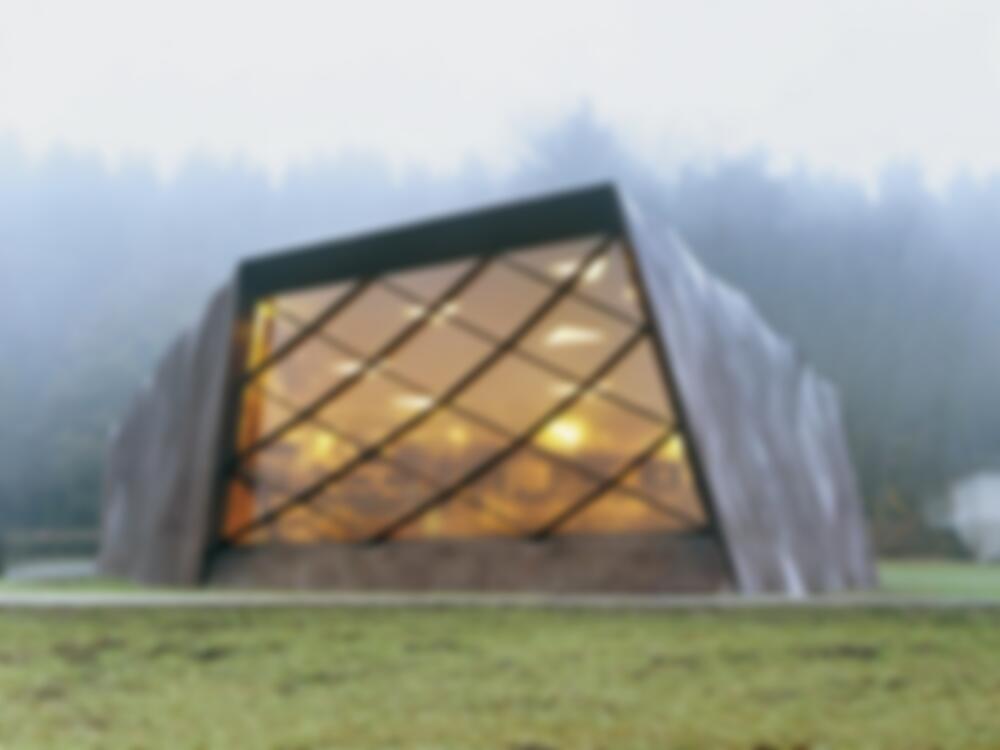After the Second World War, a small cemetery was the only remaining token of the concentration camp that once existed here. An architectural competition was held, therefore, to create a centre to document the events of this place. The architects’ winning scheme proposed the creation of a building and exhibition that form a single whole. The expressive structure, with its...
Documentation Centre in Hinzert
Issue
06/2006 Materials and Surfaces
Source
DETAIL
Task
New construction
Location
Germany, Hinzert
Architecture
Wandel Lorch Götze Wach

© Norbert Miguletz

© Norbert Miguletz